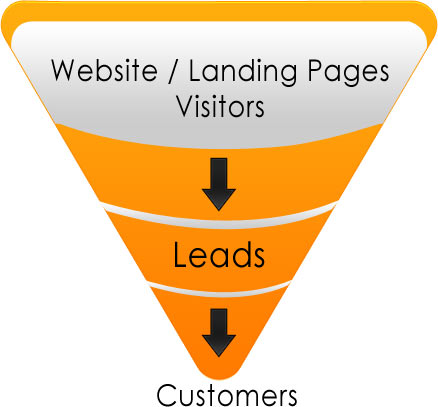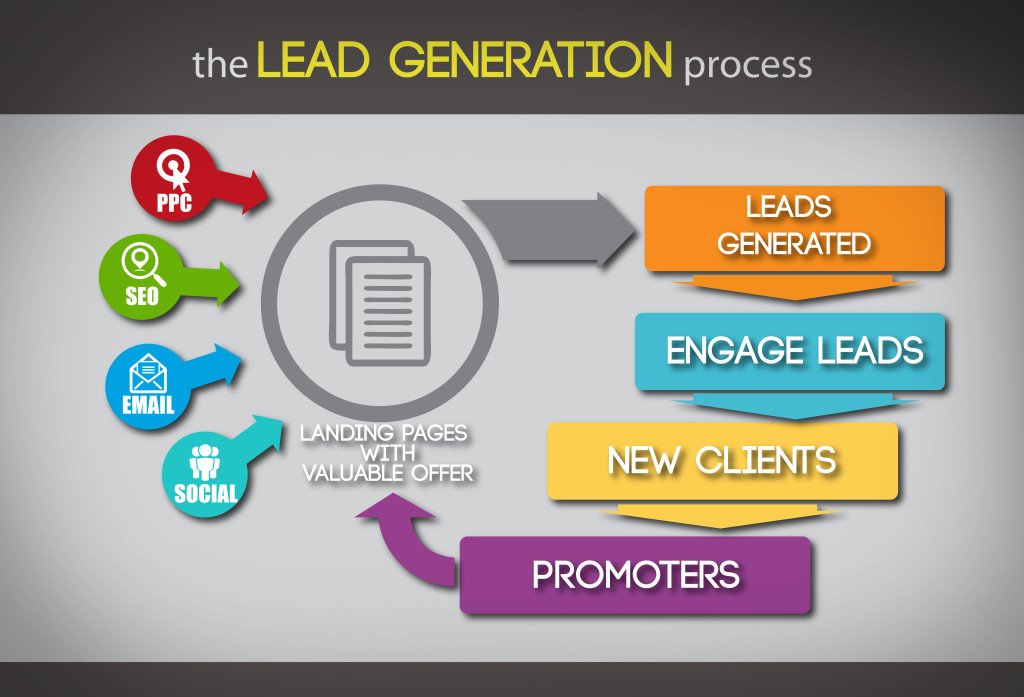Lead Generation
What is lead generation?
Lead generation is the process of identifying and attracting potential customers or “leads” for a business’s products or services. The goal of lead generation is to generate interest and gather contact information from people who are likely to become customers.
There are various methods for lead generation, such as creating engaging content, offering free trials or samples, running social media ads, attending trade shows or events, and optimizing search engine rankings. The contact information collected from potential customers is then used to follow up with them and convert them into paying customers.
Lead generation is a critical aspect of many businesses, especially those that operate online. Without a steady stream of new leads, a business may struggle to grow and expand. Therefore, businesses often invest significant resources into developing effective lead generation strategies and tactics.

How does lead generation work?
Lead generation typically involves several stages, which may vary depending on the specific business and industry. Here are the common steps involved in the lead generation process:
Identify your target audience: The first step is to identify the group of people who are most likely to be interested in your products or services. This may involve creating buyer personas or profiles that describe the characteristics, needs, and preferences of your ideal customers.
Attract potential leads: Once you know who your target audience is, you need to create content or offer incentives that will attract them to your business. This might include creating informative blog posts, running social media campaigns, or offering free trials or samples.
Capture lead information: Once someone expresses interest in your business, you need to capture their contact information, such as their name, email address, or phone number. This can be done through online forms, landing pages, or other lead capture tools.
Qualify leads: Not all leads are equal. Some may be more likely to become paying customers than others. To maximize your sales efforts, you need to qualify your leads by assessing their level of interest, budget, and other criteria.
Nurture leads: Once you’ve captured a lead’s information and qualified them, you need to nurture the relationship by providing relevant content and staying in touch. This might involve sending personalized emails, offering additional information, or providing special offers.
Convert leads into customers: Finally, the goal of lead generation is to convert leads into paying customers. This may involve a sales pitch, a free trial, or other incentives to encourage them to make a purchase.
Overall, lead generation is a complex process that requires careful planning, execution, and measurement to ensure that it generates a positive return on investment for your business.

